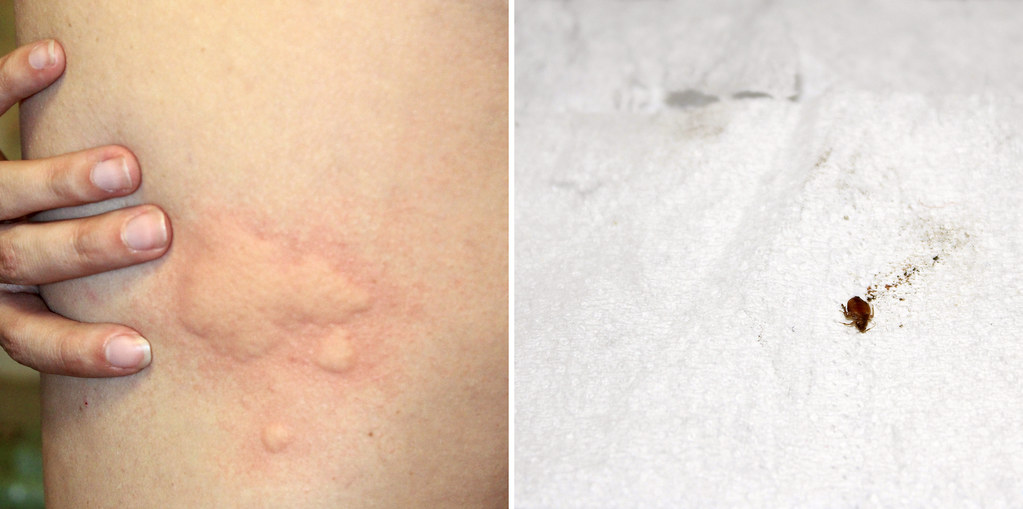
Mice, mice, baby!
The two common types of mice species that infest homes and businesses in Northeast Ohio are the house mouse and the deer mouse. Not only do they pose health risks, but they can cause significant damage to your property.
According to the Ohio Wild Life Center, there are over 2,277 species of mice. They make up an astounding 35% of the Earth’s living mammals. Rodents are highly adaptable creatures. The only areas where mice do not live are in places like Antarctica, New Zealand, and some remote islands
Some defining characteristics of mice
The house mice have thin whiskers, narrow hind feet, pointed black noses, large ears, slightly protruding eyes, long, hairless tails, and small furry bodies. The deer mice have large ears, bulging eyes, white underbellies that extend to the tail, white feet, and their tail is often the same length as their head and body conjoined.
Where do you find mice?
House mice are typically found within homes and man-made structures. Deer mice can be found in rural areas and live-in burrows. These mice prefer barns, sheds, and building structures if open fields are nearby. Deer mice can and will inhabit your home if they are provided with a means to enter.
How long will they stick around?
Indoors, the house mouse breeds year-round.
Females generally have 5-10 litters per year, and the litter size ranges from 3-12 pups. Females reach sexual maturity at five to six weeks old. They will live for about one year in the wild and up to two years in protected areas such as your basement, attic, even in wall voids!
Typically, deer mice do not reproduce in the winter months or have a scaled-back litter. Litter size varies and may be from 1-11 offspring. Reproduction is the highest in the warmer parts of the country.
As reproduction continues, mice will grow in number and live indoors indefinitely as long as they have food, water, and shelter.
Risks of rodents
Mice often start as a nuisance, but later can pose serious health risks as they are known to spread diseases. Mice, unlike other pests, are not dangerous for their bite, sting, or poison, but because of the health risks that come from the diseases they carry. Contact with mice can have serious effects on your health. Although the house mouse is not as dangerous to your health as a deer mouse, it can still spread disease. Having direct contact with mice can leave you with hantavirus, salmonella, and listeria. These can be contracted through their urine, droppings, saliva, and nesting materials.
The fleas that mice and rats carry indoors can also spread the Bubonic plague. Contracting these diseases can leave you with symptoms like fever, stomach pain, vomiting, and diarrhea. Mice are a danger to your health, even if you do not touch them! Simply sharing a space with rodents can be enough to get sick. Diseases carried by rodents can also be spread to humans indirectly, through ticks, mites, or fleas that have fed on an infected rodent.
Deer mice have been known carriers of Lyme disease and Hantavirus. These diseases are transmitted through urine and feces and spread through contamination of areas they may travel such as countertops and cabinets. Don’t let these critters occupy your home!
Signs of Infestation
As you search your home for these misbehaving rodents, you’ll find some evidence of where they have been, and even where they are coming from.
Mice will leave behind droppings, damaged insulation, or wires from chewing. Mice will also leave behind urine stains, grease stains, and nests.
Mouse droppings are usually black and look similar to rice grains. They can be found where mice nest, breed or feed. We often find nests to be located in furniture, closets, cabinets, ceilings, walls, and storage containers. Nests can be composed of various items: paper, cardboard, sticks, grass, cloth, and cotton.
Mice often make 20 to 30 short visits to food sources within their territory. They commonly feed in dark and secure locations. You will often find droppings near these locations. Mice eat many kinds of plant leaves, stems, seeds, plant roots, fruits, berries, and insects.
Gnaw marks on structures of the home, at interior and exterior, are signs as well. Such as baseboards and cove base, around garage doors, around air conditioning lines, and dryer vents. These areas require careful inspection to discover entryways. Mice are often found in hard-to-access areas like the back of closets, basement ceilings, and attics. Mice can enter through small gaps around foundations, floors, and walls. A mouse can fit through a very tiny opening due to its soft cartilages. They can also squeeze through small gaps around utility lines and drainage pipes. Any openings found that are larger than 1/4″ should be sealed to exclude mice.
Clean!
It is important to remove all possible nesting areas for rodents. Remove stacks of boxes, piles of clothes, and any clutter that has accumulated. Any clutter in a basement or attic will provide a nesting site for mice. Storing your items in plastic containers with tight-fitting lids and eliminating clutter can help keep rodents from finding a suitable nesting site. You must eliminate all food and water sources that may be feeding a rodent infestation. Do not leave food in the sink or on countertops, and keep cupboards clean.
If you have signs of a mouse in the house or an infestation, it is important to call a professional. Contact SMART Exterminators today for a free inspection!



